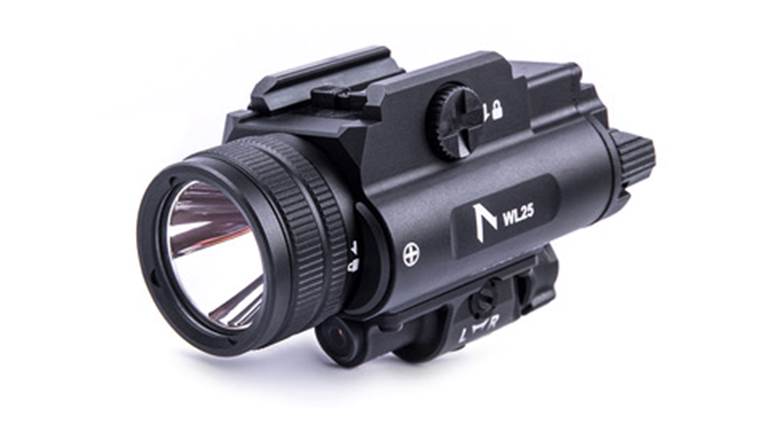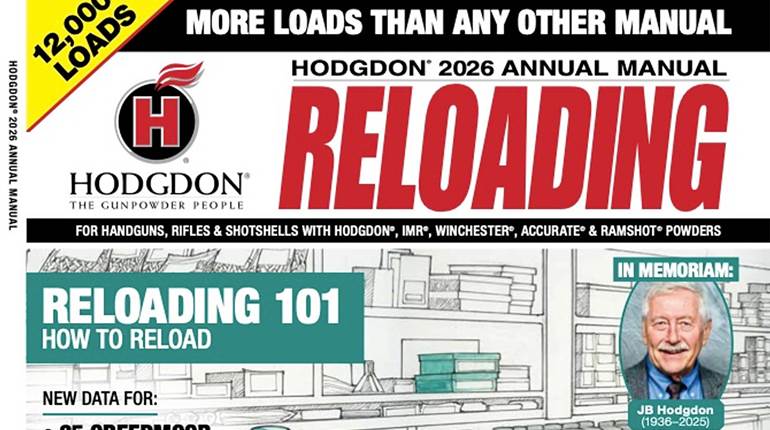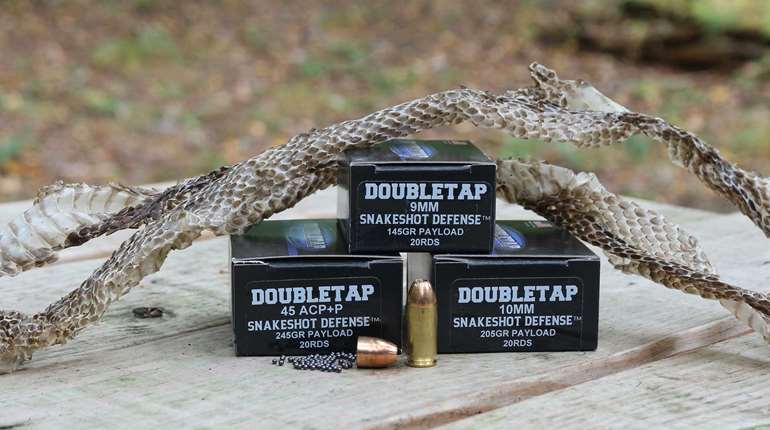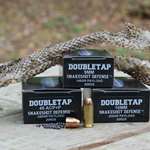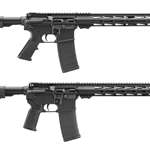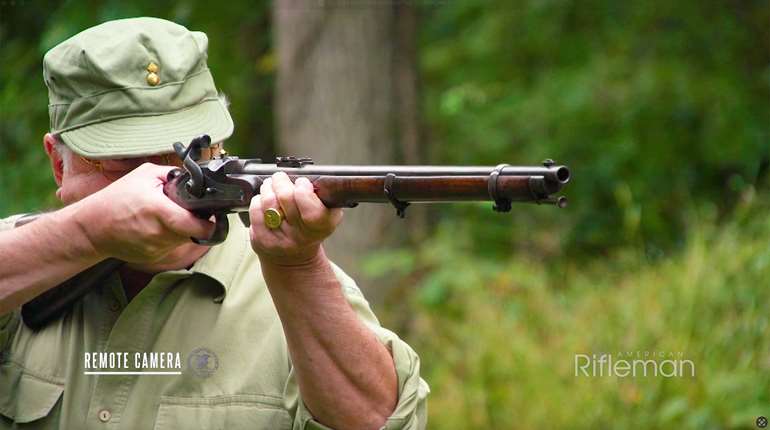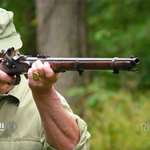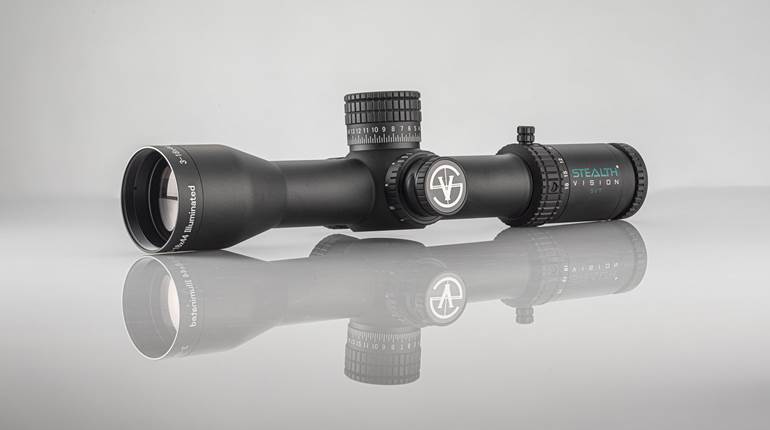
Olin Corporation announced that its Winchester division—in collaboration with the U.S. Army’s Joint Program Executive Office for Armaments and Ammunition and Joint Munitions Command—broke ground for the new 6.8 mm Ammunition Facility at the Lake City Army Ammunition Plant (LCAAP) in early 2025. This facility is part of the Next Generation Squad Weapons (NGSW) Program and represents a significant step in the Army’s modernization efforts.
The 450,000-sq.-ft. advanced ammunition production facility will be capable of manufacturing all components of 6.8 mm ammunition as well as finished rounds for the U.S. military, reinforcing the iconic legacy of LCAAP and its vital role in national defense.
“Olin Winchester has a rich history in ammunition manufacturing excellence and support of the U.S. Military,” said Ken Lane, Olin president and CEO, remarked during the ground-breaking ceremony. “We are proud to build on this American legacy through this opportunity to partner with the U.S. Army to construct this transformational facility and bring new capabilities to the Warfighter.”
The ceremony featured remarks from Ken Lane, Maj. Gen. John T. Reim, Joint Program Executive Officer for Armaments and Ammunition, and Brett Flaugher, president of Winchester, Liz Miranda, U.S. Army Material Command’s Executive Deputy to the Commanding General, Brig. Gen. Ronnie Anderson, Commander of the Joint Munitions Command, staff from Rep. Sam Graves and Sen. Eric Schmitt's office, and other federal, state, and local representatives were among the more than 100 special guests in attendance.
“This facility will represent a significant step forward in equipping our soldiers with the advanced munitions they need to maintain overmatch on the battlefield,” noted Maj. Gen. John T. Reim. “With 90 percent of the work supported by industries in the Kansas City region and nearly 50 local businesses involved in the construction, this project will strengthen the defense industrial base, create well-paying jobs, and drive economic growth in the local community. Lake City has been central to our nation’s ammunition production since 1941, and this facility builds on that proud and historic legacy.”
Early in 2022, Winchester was awarded a $20 million contract to analyze manufacturing facility requirements, plan production capacity for the military’s 6.8 mm NGSW and develop the ammunition and loads.












